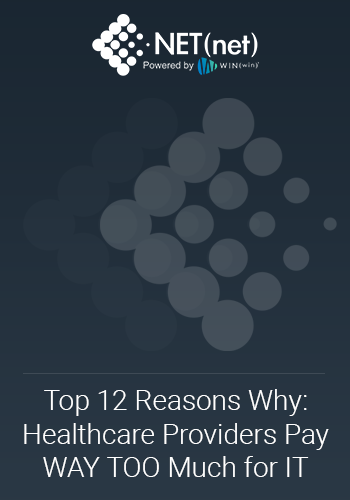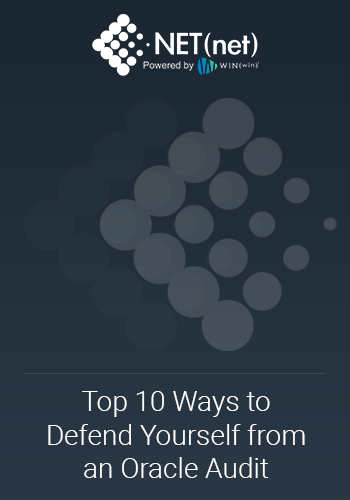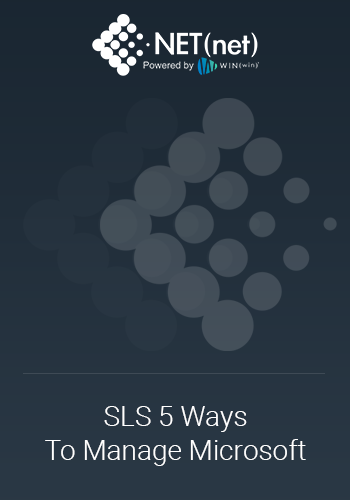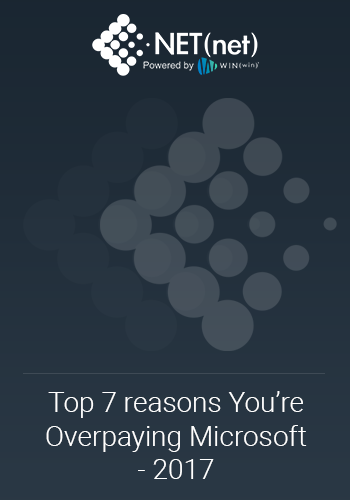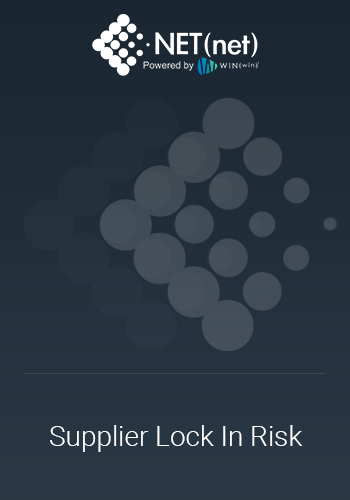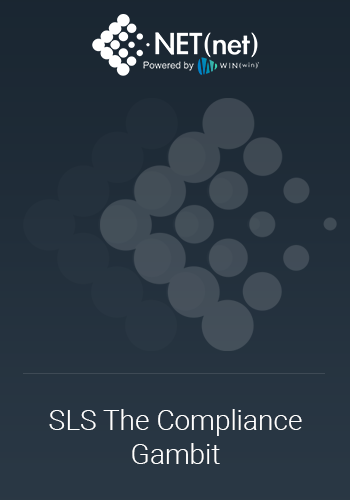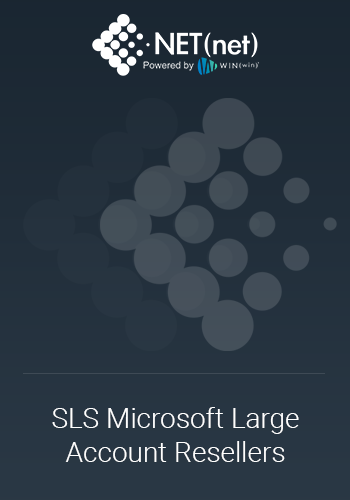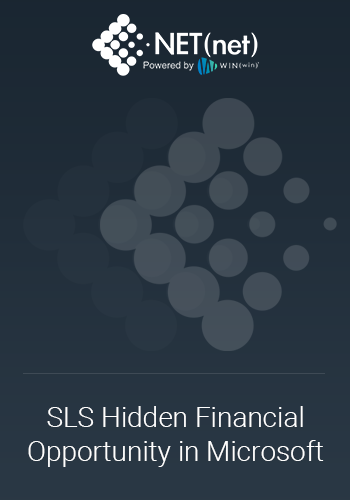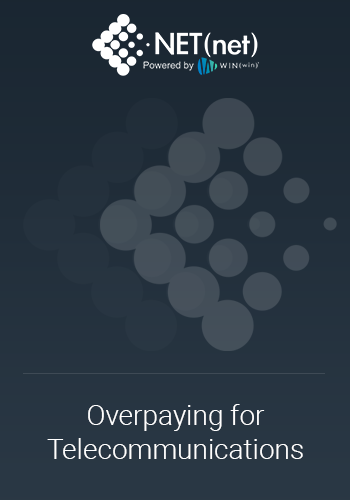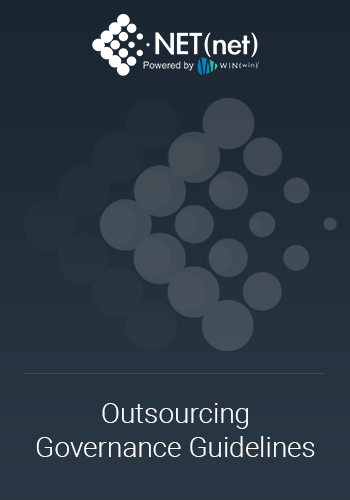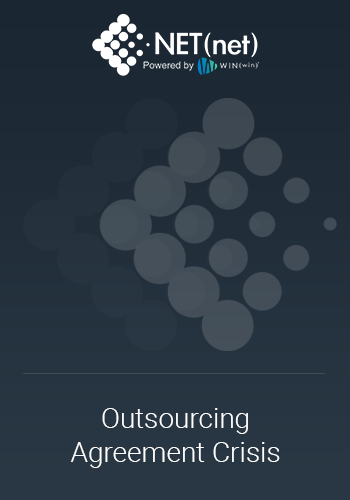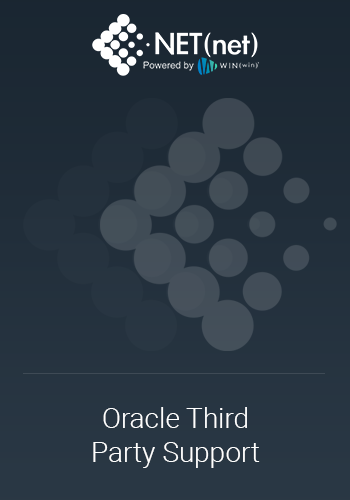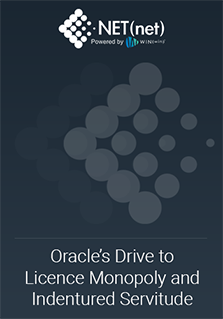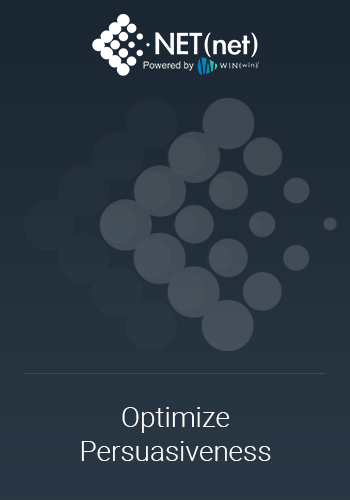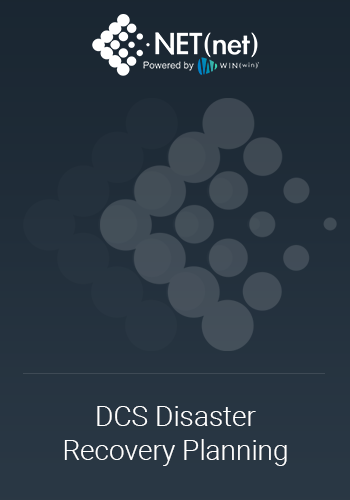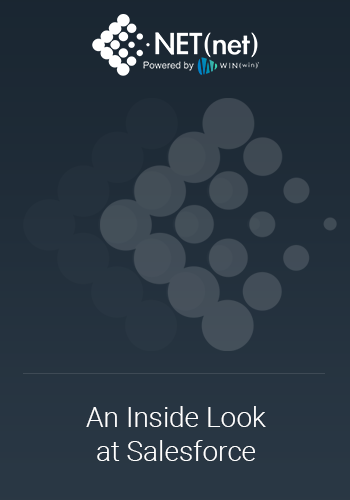Information technology has always been in one state of disruption or another almost by definition as the science of technology evolves and market forces change, and IT Infrastructure is no exception -- particularly in the manner in which we host and manage our data center centric resources. There is dynamic change all around us as the cloud transforms the ideas of traditional ‘on premise’ big iron investments. Whether on premise or in the cloud, our clients are experiencing a tectonic shift to faster, lighter and easier to manage platforms that deliver a higher level of performance, a simplified operational interface, a much less costly resource model, and at significantly lower costs. We’ll walk you through the advantages of the open infrastructure providers as well as cloud options, and we’ll lay out some of the respective challenges as well. In addition, we’ll talk about who some of these disruptors are, how they are having a big impact in the market, and how you can leverage that for your extreme, disproportionate benefit.
If you’ve dipped your toe in the infrastructure disruption pool, some of the advantages outlined below may already be known to you. For those that have not yet taken the plunge or are just starting to educate yourself on the possibilities, there are two main areas where people are using the (disruptive) force for good: open infrastructure and the Cloud.
The on premise infrastructure (networking equipment, servers, storage, etc.) category is under tremendous disruptive pressure from modern suppliers (such as the ones listed below) where we are seeing savings from traditional investments of 40-60%
Compute - Brand-name, higher-cost proprietary servers with high-cost low supply resources or a generic low-cost open white-box servers with low-cost highly available resources
- Name brands such as HP, IBM, Cisco and Dell Inc., offer solid hardware features, including redundant or fault-tolerant features, out-of-band management modules and built-in RAID controllers and come with the company’s reputation for quality and service—but at a price
- Smaller and more nimble manufactures offer very capable and comparable server products with similar redundant features, including N+1 redundant power supplies, multiple-gigabit Ethernet interfaces, out-of-band management, hot-swap drives, etc.
- These so called “White box server” manufacturers offer broad product lines, name brand processors from SuperMicro or Intel for Windows or Linux at much lower prices points; often with better and more responsive service and support as a more agile organization
Networking – Proprietary high-cost hardware lock-in and high-cost low availability resources or commodity low-cost Software Defined Network (SDN) infrastructure with low-cost highly available resources
- SDN marshaling in a new age of fully virtualized, end-to-end data infrastructure riding on commodity, non-proprietary hardware
- Cisco is the most synonymous with the physical network infrastructure and with expensive proprietary hardware lock-in solutions, but Brocade and Juniper are in the same camp
- The long term objective for Cisco is creating a fully automated, highly intelligent network architecture that can configure and reconfigure itself using predictive analytics and heuristic learning capabilities.
- However, this is largely a software solution and the wider network ecosystem, particularly web-scale cloud infrastructure (think Facebook, Amazon and Google), is being built on commodity hardware using open API formats like OpenStack and CloudStack
Storage Hardware – Proprietary high-cost Hard Disk Drives with high-cost low availability recourses versus Open Solid State Drives with low-cost high availability resources
- Risk mitigation: Solid state with no moving parts and higher mean time between failure
- Footprint: Your typical 2 to 3 racks of SAN may be consolidated into ¼ to ½ a rack
- Storage Requirements: Need to clone data? No problem with solid state – faster with a smaller footprint
- Savings: solid state array and save on Maintenance and Support costs, and use much less power (use the savings to invest in more innovation)
Traditional Big Iron Technology Giants are walking dead!
HP Enterprise (HPE) recently separated from the printing and personal systems side of the business (HP, Inc.) and is working hard to distinguish themselves in the enterprise hardware market. They are achieving some success in our view with their CloudSystem to help provide an optimized, integrated path to cloud for organizations seeking a simpler path to design, provision and manage multi-tenant cloud environments with a relatively open, common management platform across multiple environments. We like that it is hardware, hypervisor and operating system agnostic. However, they still suffer from the old mind-set of trying to sell their over-engineered “enterprise grade” infrastructure products at a premium price with high cost service and support agreements. While HP clearly has an excellent compute and storage product line, notably with 3PAR, and decent product support, it remains a premium to market with plenty of other supplier options that stack up just as well to the HP product line for most customer requirements.
IBM suffers from much of the same old school approach as HP, but at least they saw the light of a dying business by selling its x86 server business to Lenovo in 2014. They are also working to establish credibility in the cloud market by pushing their IBM Cloud Business Solution and Softlayer subsidiary, but unless you are already an established IBM customer, it is too little too late in our view given the enormous momentum in this area with Amazon Web Services, Microsoft Azure and Google Compute. IBM mid-range and mainframe systems still fill an important niche for some applications, but this too is become more difficult to justify when significant gains have been made in distributed computing architectures that collectively prove to have the processing capacity, high availability, scalability and responsiveness of traditional monolithic mainframes. In the end, their hardware and operating systems remain closed and are designed to lock in customers with “IBM only applications” and high cost support agreements.
Dell (EMC) We have already written on this topic previously, most recently in the Blog Post, “The Top 10 Reasons Why the Dell EMC Merger is DOA”
Cisco is very good at selling to IT – but they really aren’t doing anything special, given their typical cost premium, but continue to easily sell to the enterprise at a premium to other options. What you need to remember is this: The hardware is still driven by software. Why would you pay premium prices (relative to disruptive options) for name brand hardware when “generic” can do the same job for far less? Cisco is in the game now with generic hardware, but they are late to the party.
Afraid that using ‘no faceplate’ hardware could come back to haunt you at some point? Doesn’t seem to bother Facebook with its support for OpenStack, as well as with Google or Amazon that use so called open, commodity hardware without the known nameplates to build their massively scalable, easy to provision and manage compute, storage and network infrastructure environments in data centers around the globe.
Infrastructure-as-a-Service (feasibility, planning, sourcing, implementing, managing). We help clients anywhere in the lifecycle for IaaS and PaaS solutions. As many of you reading this move to the cloud, the dynamics of cloud suppliers and agreements are changing rapidly to keep up with the growth of the sector. We have the latest market rates and value points to ensure you are optimized for the short and long term.
Open Stack Players
Operating Environment:
ManageIQ (Red Hat)
- ManageIQ creates a collaboration of developers, service providers, systems integrators, researchers and users to drive innovation in the management of OpenStack and open hybrid clouds.
- Offers hybrid cloud governance and automation capabilities, as well as the ability to build development and test clouds based on OpenStack and other virtualization platforms.
- Creates a market choice to automate and orchestrate hybrid cloud workloads on OpenStack, Amazon, KVM, Microsoft, and VMware technologies.
Networking:
Cumulus
- The real innovation occurring in networking is in software defined networking (SDN).
- Cumulus is an open systems Linux for networking gear and enterprises can run Cumulus’ flavor of Linux on top of potentially less expensive switches from other manufacturers.
- Facebook and other companies have taken steps to adopt switches that lack big brand names to gain greater control and flexibility, with Cumulus contributing software to the Facebook-led Open Compute Project.
- Cumulus is seen as a challenger to Cisco, the current dominant player in the data center switching market.
Big Switch:
- Big Switch is out to prove the traditional networking model of closed, vertically integrated devices with “box-by-box” management is going to be obsolete (read: Cisco).
- Another market disrupter in SDN that uses open software running on low-cost, high performance bare-metal merchant silicon switches from multiple white box partners, making the physical underlay network both efficient and programmable.
- Being open and modular, it is able to integrate with cloud management systems like OpenStack and VMware and provides visibility from the cloud management platform into the operation of its supporting network transparently.
Compute:
Quanta
- While companies like Dell and HP typically outsource their server hardware manufacturing to Original Device Manufacturers (ODM) and then sell to the enterprise with the 25% to 30% gross margins, and ODM’s only extracting 6% to 7% margin, why not buy direct from the ODM?
- Taiwan-based Quanta is one such example in having built up substantial experience in server design and data center performance in working with these server selling giants and now sell direct to the enterprise at substantially less cost.
- Companies like Facebook see how this model works with the emergence of this new business model for ‘white box’ data center hardware and it works in part because servers are becoming more and more standardized in the x86 space.
Storage:
Pure Storage
- The Pure Storage solutions are centered entirely on the use of flash technology, known as solid state drives, rather than traditional hard drives and, as a result it is in the process of making a case for a better price/performance ratio with improved speed, reliability, simplicity, ease of use and durability over traditional hard disk drive storage arrays.
- With a lower cost of ownership, including substantially lower power costs, lower hardware replacement and support costs, it is not unusual for our clients to pay for a new Pure Storage solution with the savings on power and cancelling their legacy storage hardware support agreements.
- Pure Storage is an excellent market disrupter to break up the market hegemony of Dell/EMC and chip away at the market share of HP/3PAR, IBM, NetApp, Hitachi and others in the enterprise storage market.
Cloud Players:
AWS
IDC reported that AWS shows a 64% reduction in TCO over 5 years versus on premise infrastructure. That’s a 560% ROI over 5 years! Here is what you need to know about two the big four players in this space, AWS, Google Computer Engine, Microsoft Azure, and Rackspace:
- Market share is now 80%
- They can and do dictate some of the rules of the game (for now), and some of that is good for you such as their effort to continue to reduce pricing
- Reserved instances can benefit from improved discounting with term commitment, but pricing is locked and you may not benefit from price reductions
- They continue to innovate and add features and capabilities that marginalize the competition
- Continue to eat away at the on premise big boys (think IBM, HP, Cisco and Dell)
- They will continue to build market share over 2016 and 2017 as no one else will be able to ‘pivot’ to what they are doing quickly enough with such massive scale and momentum in this market
Google Compute Engine
- Pricing model is around ‘sustained use’
- The more sustained use, the less of a discount you receive; conversely the less you use the less you pay; not a standard minimum commitment
- Typically no term commitment with standard instances
- Pricing is dropping in step with Moore’s Law
- Google offers a lower per-hour price than AWS, unless you’re willing to commit to AWS reserved instances.
Microsoft Azure
- While still a significant market laggard compared to AWS, Azure is making surprising inroads in the enterprise for cloud compute resources.
- Azure is taking a step further with a hybrid model, and combination of public cloud and private on premise resources that allows certain parts of an application to remain on on-premises hardware and interface with other parts that have migrated to the Azure cloud.
- Not unexpected, Azure is designed to work hand in hand with other Microsoft products, with Azure Active Directory as one example in serving as a single sign-on (SSO) option for all kinds of popular applications including Office 365, Microsoft Dynamics CRM, Citrix, Salesforce, and Box—and in the process integrating with an enterprise's on-premises Active Directory to extend an enterprise's local directories to the cloud.
Rackspace
- Also a significant market laggard to AWS, Rackspace is trying to reinvent themselves from a data center hosting and managed services provider to an enterprise public, private and hybrid cloud provider.
- They are working to distinguish themselves by providing an OpenStack-based private cloud solution designed using open standards, built on an open source software stack and managed by their OpenStack operations.
- While their market share for cloud services pales in comparison to AWS, they are working to break more into the enterprise by offering support for complex AWS implementations with design and architecture, migration, optimization and operations support for AWS.
Disruption: Political Realities and Myths
Typically one of the biggest roadblocks to change within any organization, is not the technology itself or its ability to get the job done, rather it’s the people and politics that come with change. Generally – people don’t like change, especially when it may appear to be threatening.
Reality:
If you’re a Data Center Manager, and the enterprise moves everything to the cloud – or transitions to solid state and shrinks from 80 racks to 3, where would that leave them? Potentially looking for a job!
Because of this reality, in some cases IT may then start to push an agenda with leadership that builds a case against the cloud. Which leads us to some perpetuated myths…
Myths:
Here are just a few of the myths we see either perpetuated by groups and or individuals typically looking extend their reign or protect a fiefdom in the halls of I.T.:
- T. can do it better. Well, that might be true in some cases – but if we’re just talking about hardware and software in the cloud, probably not.
- Security and Speed. Most organizations candidly have an ‘outsized image’ of what they really need. Many organizations will perpetuate this outsized image to map to a predetermined point of view that maintains the status quo.
- One Size Fits All. Even when there are legitimate security and speed concerns, there are ALWAYS areas of the business that are candidates for change. Unfortunately, many are uninformed and unwilling to transform even a part of the business lest the start a snowball effect.
In the end, without ‘change agents’ within the organization, it’s more likely than not that there will be little appetite for ‘lift and shift’ of the infrastructure. Careers are wrapped up in certifications and education with certain technology suppliers that have taken years to attain, so it’s natural to see why people are change and risk averse (most of the time). It’s not until we are at the tipping point where the early adopters are now the grey beards of the industry, will the slower moving enterprises make major changes. By then the economics will demand it and there will be little choice in the matter.
Where are we now?
By most estimations, we are still in the early adopter stage – but that is changing rapidly. The disruptors are becoming more main stream as their reputation for being safe and secure grows. When you start to review all the options, it becomes hard not to rationalize the case for moving to a solid state storage solution, investing in commodity, open hardware and/or moving more resources to the Cloud . While we are not yet at critical mass in our view, we believe that the tipping point is not far away – later in 2016 and into 2017 we’ll see the point of no return.
The impact could be significant for the laggard suppliers like IBM, Cisco, Dell/EMC and HP.
If you have any feedback on this, I’d be happy to hear it. Or if you have questions about your own environment and how you can start making a small or large impact, call us and we’ll talk about your unique situation.
About NET(net)
NET(net) is a global disruptive industry force for good and has the experience you want, the expertise you need, and delivers the performance you demand to help you save money and improve value. NET(net) is the world’s only fully technology-enabled consultancy exclusively specializing in full service optimization of the technology supply chain, bringing clients and suppliers together to create winning markets and winning relationships.
We help clients:
- Find Value in their professional supply chain through strategic sourcing efforts designed to align client need to supplier capabilities while leveraging our objective, evidenced based processes to deliver optimized supplier proposals.
- Get Value in a custom marketplace created through bespoke supplier negotiation assistance, leveraging our federated market intelligence, resulting in strengthened contractual agreements and improved commercial arrangements.
- Keep Value in their organization through proactive industry best strategic supplier performance management of the agreement, the investment and the relationship, resulting in more sustainable business partnerships designed to deliver long term sustainable business value.
With clients around the world in nearly all industries and geographies, and with the experience of tens of thousands of field engagements, we have helped our clients capture hundreds of billions of dollars of incremental value. Contact your NET(net) representative, email us at info@netnetweb.com, visit us online at www.netnetweb.com, or call us at +1-866-2-NET-net today to see if we can help you capture more value.
NET(net)’s Website/Blogs/Articles and other content is subject to NET(net)’s legal terms offered for general information purposes only, and while NET(net) may offer views and opinions regarding the subject matter, such views and opinions are not intended to malign or disparage any other company or other individual or group.

